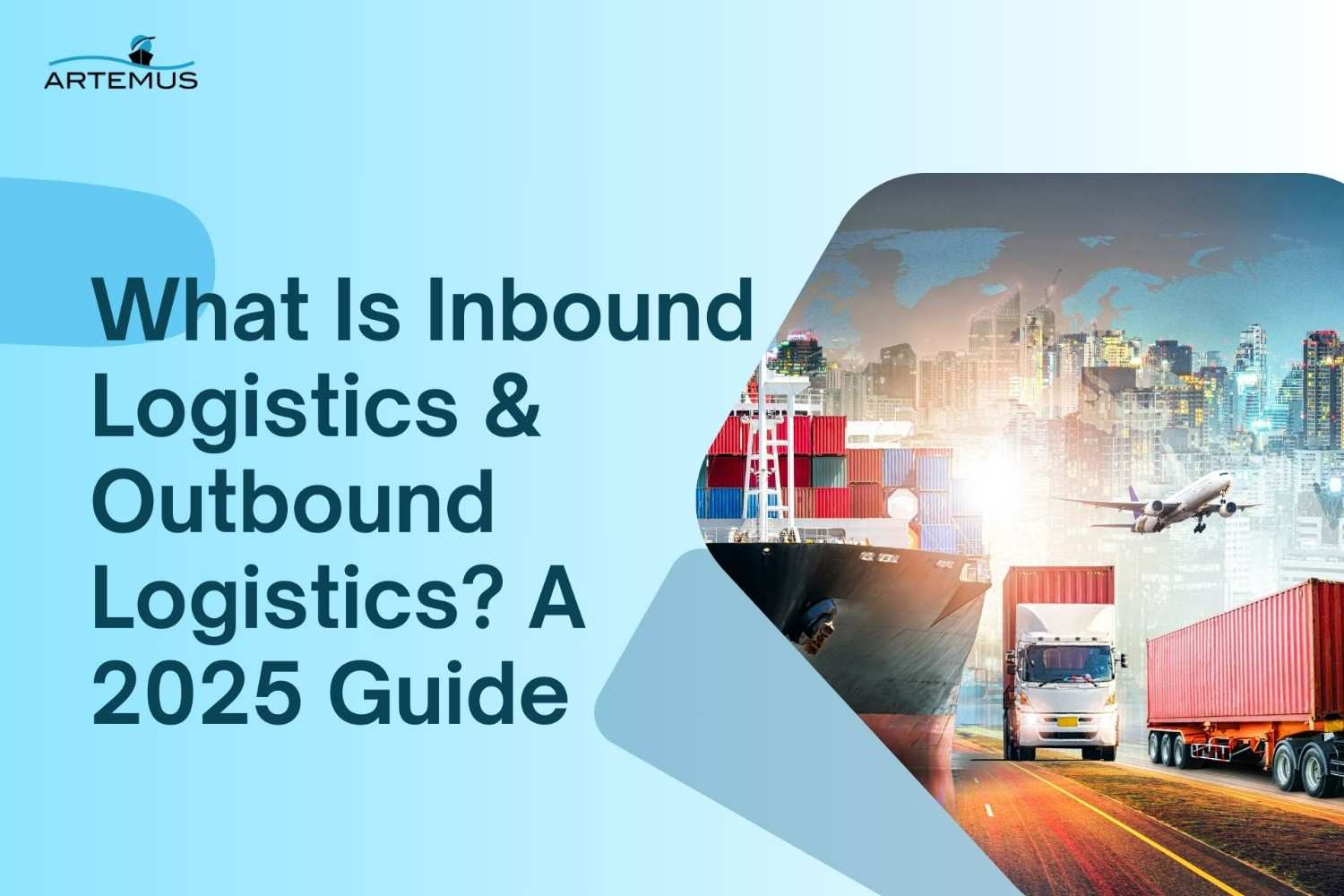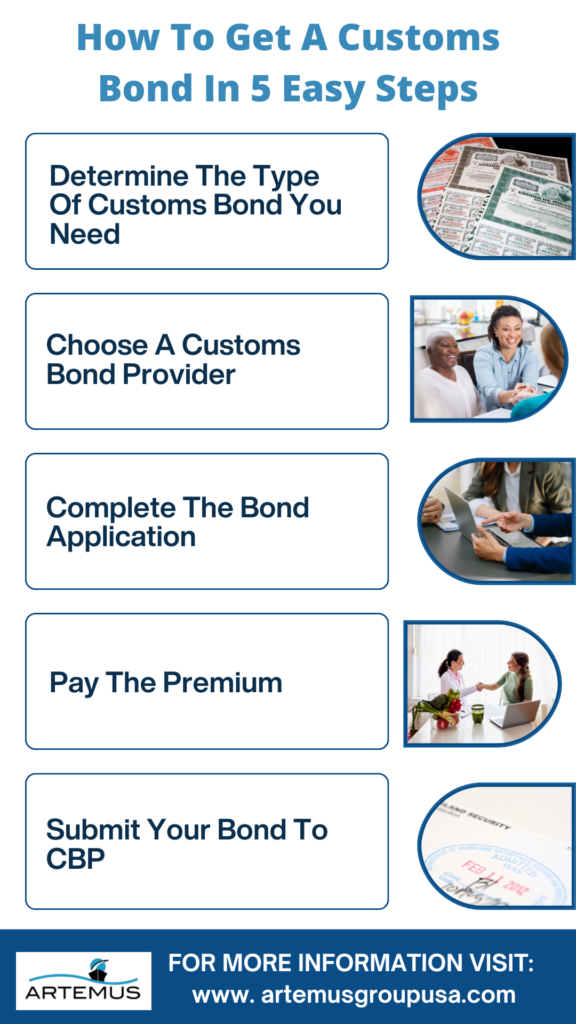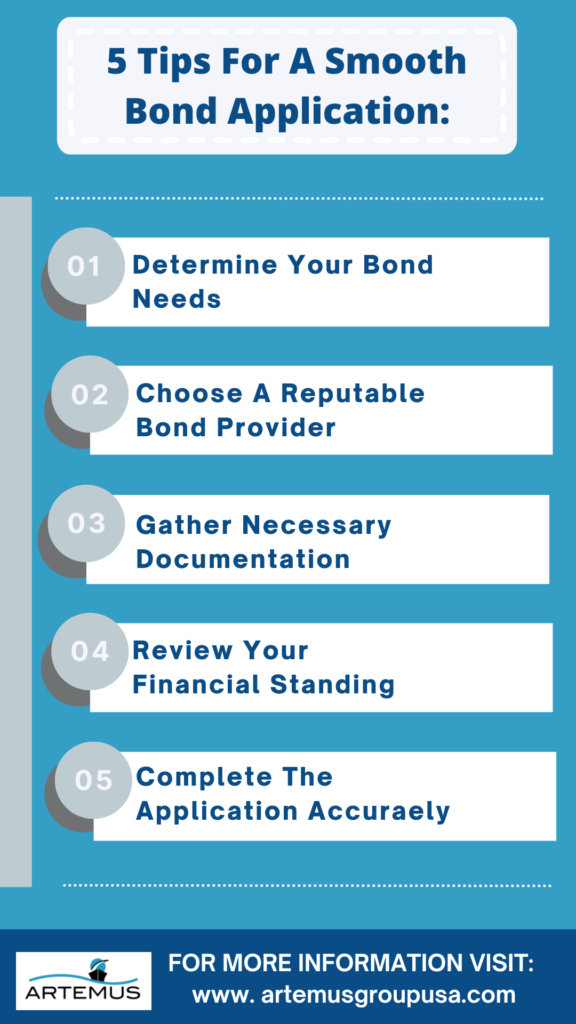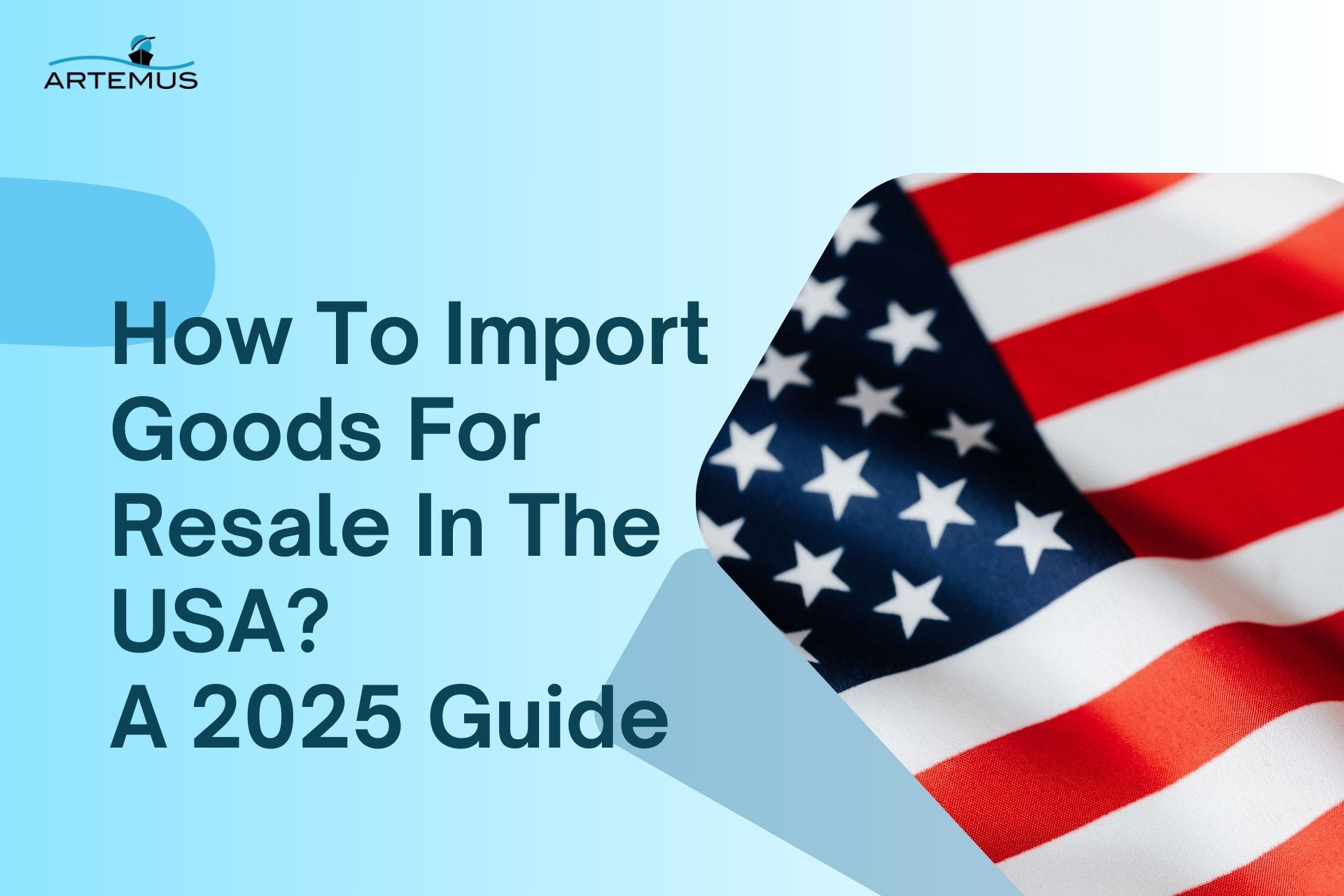
What Is Inbound Logistics & Outbound Logistics? A 2025 Guide
In the dynamic world of supply chain management, understanding the nuances of inbound and outbound logistics is crucial for operational

Importing goods into the United States involves more than just shipping and paperwork—it also requires securing a customs bond. This bond acts as a financial guarantee to U.S. Customs and Border Protection (CBP), ensuring that all duties, taxes, and fees are paid.
Whether you’re a first-time importer or expanding your global trade operations, understanding how to obtain a customs bond is crucial for smooth and compliant shipping.
In this beginner’s guide, we’ll walk you through the 5 easy steps to get a customs bond, from understanding its types to selecting the right provider. Plus, for a seamless compliance process, Artemus Transportation Solutions offers advanced ISF, AMS, and AES filing software, designed to simplify U.S. import and export requirements. With Artemus, you can ensure accurate filings and stay compliant with ease.
Table Of Contents

Getting a customs bond is a crucial requirement for businesses engaged in international trade in the United States. A customs bond, also known as an import bond, is a financial guarantee that ensures you will comply with all customs regulations and pay any duties, taxes, or penalties owed. Here are five steps to obtain a customs bond:
There are two main types of customs bonds: a Single Entry Bond (SEB) and a Continuous Entry Bond (CEB). The type you need depends on the frequency and volume of your imports. Most businesses opt for a Continuous Entry Bond because it covers an unlimited number of shipments over a 12-month period.
You can obtain a customs bond through a licensed surety company or insurance provider that is authorized by the U.S. Department of the Treasury. Search for reputable providers and compare quotes to find the best deal. Make sure the provider is registered with U.S. Customs and Border Protection (CBP).
Once you’ve selected a customs bond provider, you’ll need to complete their application form. This form will ask for information about your business, including your Taxpayer Identification Number (TIN) or Employer Identification Number (EIN), financial information, and details about your imports.
The cost of the customs bond is called the premium, and it varies based on the bond amount and your creditworthiness. You’ll need to pay this premium to the bond provider. The premium can be a one-time payment or a yearly fee for continuous bonds.
After you’ve paid the premium and completed the application, the customs bond provider will issue the bond document. This document is typically in the form of a bond certificate or rider. You must submit this document to CBP through the Automated Commercial Environment (ACE) system, along with any other required documentation. Once CBP approves your bond, you will be officially bonded and can begin importing goods.
Related: Customs Bond Renewal: All Facts You Need To Know
The cost of a customs bond can vary widely depending on several factors. Customs bond premiums are typically calculated based on a percentage of the bond amount, and several factors influence the cost:
Related: What Is A Customs Bond? A Guide For Importers & Others
The choice between a Single Entry Bond (SEB) and a Continuous Entry Bond (CEB) depends on the frequency and volume of your imports and your specific business needs. Here’s a breakdown of each type of bond to help you decide which one is more suitable for your situation:
Related: When Is A Customs Bond Required? Key Factors To Consider
Customs bonds in the United States have specific periods and renewal requirements depending on the type of bond and the needs of the importer or other parties involved in international trade. Here’s an overview of customs bond periods and renewals:
Period: A Single Entry Bond is specific to a single import transaction. It covers the duties, taxes, and compliance obligations associated with that particular shipment.
Renewal: SEBs are not renewable because they are tied to individual import transactions. You must obtain a new SEB for each separate import.
Period: A Continuous Entry Bond, as the name suggests, covers an unlimited number of import transactions over a 12-month period. It is designed for businesses with regular import activities.
Renewal: CEBs need to be renewed annually to maintain continuous coverage. Renewal is essential to ensure uninterrupted customs bond coverage. You must pay the annual premium to the bond provider to keep the bond active for the next 12 months.
Period: Some customs bond providers offer riders that can be attached to a Continuous Entry Bond. These riders provide additional coverage or address specific needs for a set period. The period can vary based on the rider’s terms.
Renewal: Depending on the terms of the rider, you may need to renew it when the specified period expires. Riders can be customized to address specific situations, so the renewal requirements will depend on the agreement between you and the bond provider.
It’s important to stay organized and keep track of the expiration dates for your customs bonds, especially if you have a Continuous Entry Bond. Failure to renew the bond on time can lead to disruptions in your import activities and potential penalties from U.S. Customs and Border Protection (CBP).
Related: Continuous Bond Vs Single Entry: 6 Key Differences To Know

Unlock the secrets to a seamless customs bond application with our expert tips and guidance.
By following these six steps, you’ll be well-prepared to submit a customs bond application smoothly and efficiently, helping to ensure that your import operations run without unnecessary delays or complications.
Related: What Is ISF Bond? Types, Cost, & Components To Know
After obtaining a customs bond, which is a crucial step in international trade, you have several responsibilities to uphold. Here are five key responsibilities you must fulfill:
Fulfilling these responsibilities is crucial to maintain compliance with customs regulations, avoid financial penalties, and ensure the smooth operation of your import activities.
Related: Canada Emanifest: Meaning, Key Requirements, & Challenges
A customs bond can be canceled under various circumstances, including:
It’s important to note that the specific procedures and requirements for bond cancellation may vary depending on the bond provider and the circumstances involved. Bondholders should work closely with their bond provider and, if necessary, CBP to ensure that any bond cancellations or changes are handled correctly and in accordance with regulations.
The main requirement for a customs bond is to complete an application and secure it through a licensed surety company or insurance provider.
A customs bond is held by the importer, customs broker, or other parties involved in international trade as required by U.S. Customs and Border Protection (CBP).
No, a customs bond is not insurance; it is a financial guarantee ensuring compliance with customs regulations and the payment of duties and taxes.
Once the application is submitted, obtaining a customs bond typically takes 1 to 2 business days, depending on the provider’s processing time.
The cost of a customs bond varies. A continuous bond generally costs around $500 annually, while a single-entry bond is calculated based on the shipment’s value, duties, and fees, with a minimum bond amount of $100.
The customs bond fee is the amount paid to a surety company for issuing the bond. For single-entry bonds, the fee is typically $5.00 per $1,000 of shipment value, with additional processing fees.
“In bond” refers to goods imported into the U.S. without immediate payment of duties, stored or transported under customs control until duties are paid or the goods are exported.
Customs bonds are issued by surety companies authorized by the U.S. Department of the Treasury. Importers can obtain these bonds through licensed customs brokers or bond agents.
Bond fees are charges paid to a surety company for issuing a customs bond, usually based on the bond amount and the risk involved in the transaction.
Importers, exporters, customs brokers, and businesses involved in international trade generally need a customs bond to ensure compliance with customs regulations.
Customs bonds are written by licensed surety companies or bonding agents authorized to issue these bonds on behalf of importers or exporters.
Customs bonds are generally non-refundable. However, continuous bonds can be canceled if no claims have been made against them, potentially reducing future costs.
To apply for a customs bond, contact a licensed customs broker or surety company, complete the required application detailing your business and imports, and pay the applicable fee.
A Type 3 customs bond is a single-entry bond that covers only one import shipment, often used by importers who do not frequently import goods.
You can check your customs bond status by contacting the surety company or customs broker who issued the bond, or by using the U.S. Customs and Border Protection (CBP) Automated Commercial Environment (ACE) system if in the U.S.
The cost of a customs bond depends on the bond type and amount. Typically, a continuous bond starts around $500 annually, while single-entry bonds vary based on the shipment’s value.

In conclusion, obtaining a customs bond is a vital step for businesses engaged in international trade. By understanding your import needs, choosing the right type of bond, working with a reputable bond provider, and fulfilling your bond-related responsibilities, you can ensure a smooth and compliant import process that keeps your business moving forward.
Related: ISF Filing Deadline: Timeline, Consequences, & Exceptions

In the dynamic world of supply chain management, understanding the nuances of inbound and outbound logistics is crucial for operational

In today’s interconnected world, businesses rely heavily on global trade to expand their markets, access new resources, and drive growth.

Importing goods for resale in the USA presents a lucrative business opportunity, but navigating the complexities of U.S. customs regulations,
Get In Touch
Artemus’ Software Solutions for ISF, AMS, Japan AFR, eManifest Canada, & Panama B2B filings.